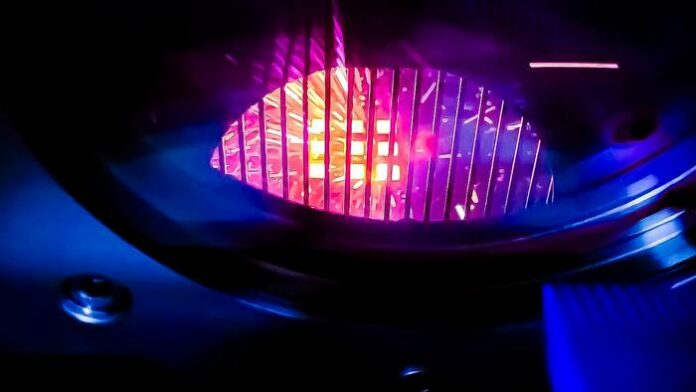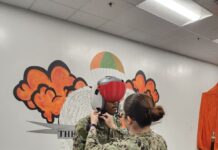Researchers from Oak Ridge National Laboratory (ORNL) and the National Energy Technology Laboratory have 3D-printed a crack-free alloy that can operate without melting at temperatures over 2400°F (1315.5°C).
This latest achievement from ORNL could enable the manufacturing of additively manufactured turbine blades that can withstand harsh temperatures, eliminating the carbon footprint of gas turbine engines like the ones installed in airplanes.
The material is a niobium-rich complex concentrated alloy made of seven elements, with a melting point at least 48% higher than the nickel and cobalt superalloys previously developed at ORNL.
The team used an advanced Additive Manufacturing technique called electron beam melting to print quality parts with notable structural integrity, solving the long-standing issue of crack occurrence.
Saket Thapliyal from Oak Ridge National Laboratory (ORNL) says, “No one has been able to develop and print alloys with such a high melting temperature and low density without cracks before. While metals such as tungsten can take the heat, they add too much weight to an airplane. This is significant. We’re making something lighter that holds its structural integrity at ultra-high temperatures.”
Author: Nagarjun M
Remember, you can post free-of-charge job opportunities in the AM Industry on 3D ADEPT Media or look for a job via our job board. Make sure to follow us on our social networks and subscribe to our weekly newsletter: Facebook, Twitter, LinkedIn & Instagram! If you want to be featured in the next issue of our digital magazine or if you hear a story that needs to be heard, make sure to send it to contact@3dadept.com.






